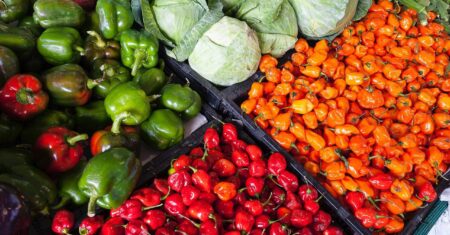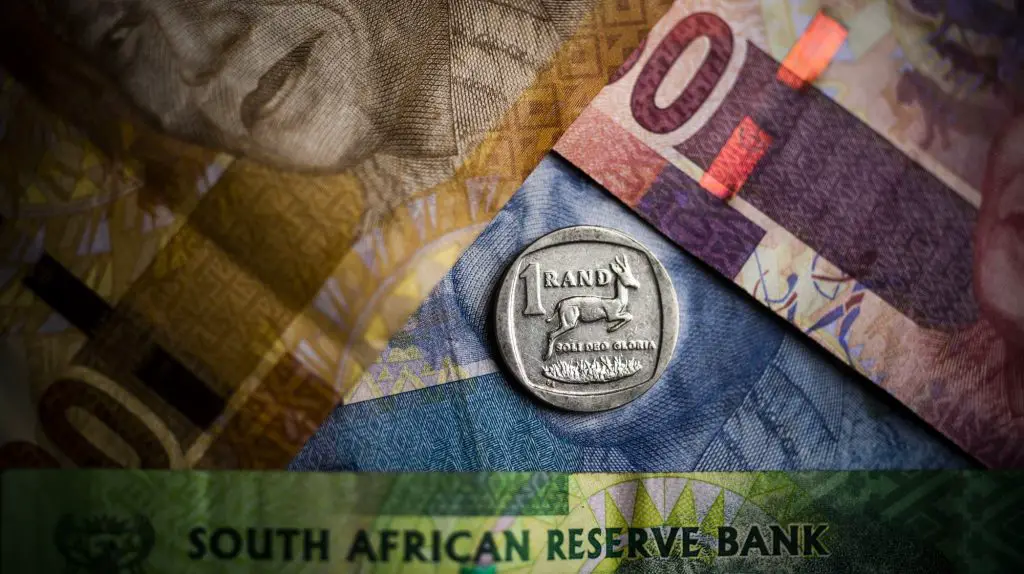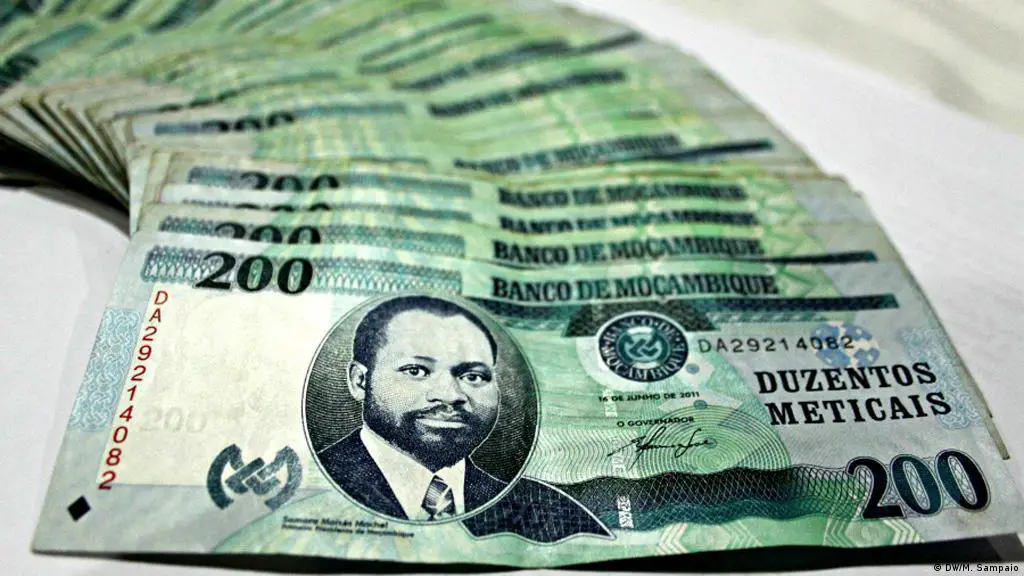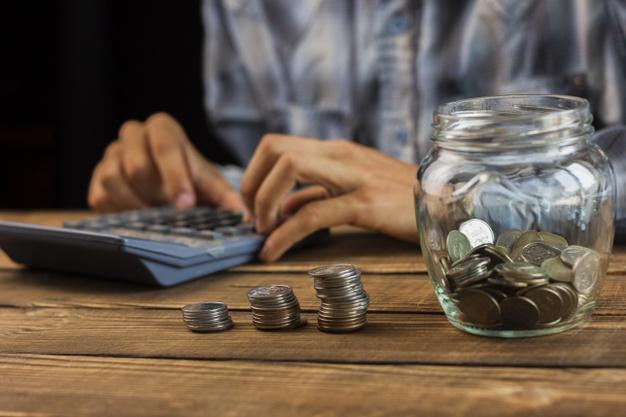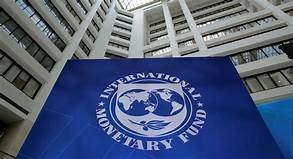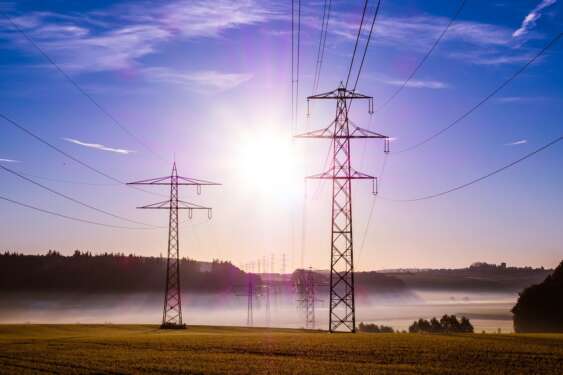- How transition finance can catalyse Africa’s green industrial revolution
- Stanbic PMI Report: Mixed performance as Kenya’s agriculture, construction offset manufacturing decline
- Uganda’s land management gets a tech makeover to boost transparency
- Nigeria’s output dips fastest in 19 months on a sharp rise in costs
- Apple faces growing backlash over Congo exploitation
- Why East Africa is staring at higher wheat prices in 2025
- Nairobi Gate SEZ pumps $7 million into Kenya’s agro-processing industry
- What impact will the US election have on Africa?
Browsing: debt
According to the Central Bank of West African States (BCEAO), growth should accelerate in the WAEMU economic region in the medium term. The increased production in the tertiary and secondary sectors remains crucial. These sectors should benefit from controlling the current health crisis in the Union and the continued implementation of the NDPs.
Growth in the Union is expected to drop from 6 per cent in 2021 to 5.9 per cent in 2022 before settling at 7.2 per cent in 2023. The contribution to growth from the tertiary sector should stand at 3.5 per cent in 2023, up by 0.3 points compared to 2022. The contribution of the secondary sector should grow by 0.9 points between the two years to settle at 2.6 per cent in 2023.…
[elementor-template id="94265"]
Debts are quite effective economic tools when used correctly. However, debts have been seen to hold people and nations accountable over time and space and sometimes push developing countries to the edge of economic crisis.
In the case of Africa, debt has evolved to become a phenomenon that nations such as South Africa, Sudan, Tanzania and Zambia battle with every inch of their economic prowess.
The African Report argued that the number of African countries at risk of debt distress has doubled since the COVID-19 pandemic, but only three of them have opted for debt restructuring.
- South Africa has been hit with most brutal power outages which hurt the economy significantly
- Recently, the finance ministry of South Africa stated that it will transfer state energy provide Eskom to government to empower the utility performance
- South Africa’s debts will peak at just over 71 per cent of gross domestic product this
Mozambique, until the Covid pandemic happened, was just 7 years shy of matching or exceeding the record set by South Korea.
The pandemic undermined the southern African country’s economic progress by slowing down critical sectors of economic activity namely tourism, construction, transport, as well as a general decline in the demand for commodity exports. The economy of Mozambique was further undermined by the conflict in the northern province of Cabo Delgado.
Statistics on how many people have been displaced by the conflict vary but they range from 250,000 to 1 million people. At least 850,000 people are estimated to have been dragged below the international poverty line because of the conflict.…
[elementor-template id="94265"]
The Gambia has a small economy that relies primarily on agriculture, tourism, and remittances for support. It remains heavily dependent on the agriculture sector. The Gambia can bank on these sectors for economic growth and to repay their debt.
Gambian agriculture has been characterized by subsistence production of food crops comprising cereals (early millet, late millet, maize, sorghum, rice), and semi-intensive cash crop production (groundnut, cotton, sesame, and horticulture). Farmers generally practice mixed farming, although crops account for a greater portion of the production.
Groundnuts are the traditional cash crop. The Gambia also exports produce to Europe; Gambian mangoes and other fruits may now be found on the shelves of the supermarket chains like Tesco and Sainsburys. The Gambia’s largest trade partner is Cote D’Ivoire, a fellow Economic Community of West African States (ECOWAS) member, from which The Gambia imports the majority of its fuel products. Other major trade partners…
Ghana’s case specifically plays out with the dramatic effect consistent with a Shakespearean tragedy. The west African nation ironically is a darling of the West in terms of foreign direct investment. Yet, its debt levels have breached what multilateral institutions consider to be sustainable. A painful irony in the case of Ghana is that it was offered the opportunity to renegotiate the terms of its debts through the World Bank’s Debt Service Suspension Initiative. However, Ghana did not elect to participate.
A second painful irony is that Ghana, this time around, does not owe most of its debts to multilateral institutions like the International Monetary Fund or the World Bank. It owes the bulk of its debt to private lenders like the world’s largest asset manager Black Rock, and its has expressed that it has no interest in renegotiating the terms of Ghana’s sovereign debt.
If Ghana had borrowed from …
When commodity prices began to soften in later years it seemed more of a blunder to have diversified the metals portfolio of the business than it appears a stroke of genius today.
With softening metal prices came the need to conserve cash and so dividend flows dried up. The company did not cease its expansion plans going so far as to pile on large amounts of United States dollar-denominated debt purchasing US-based platinum miner Stillwater and swallowed up Lonmin in the process. The share price then cratered when news broke that the company had experienced fatalities at its South African mines. In some circles of the investment community, others joked that they would not invest in Sibanye Stillwater as a matter of moral principle.
The share price went down reaching an all-time low of around R 7.…
The International Monetary Fund (IMF) which has so far lent about $491.5 million to Uganda said that it is a misconception to assume that Uganda’s debt is unsustainable.
Uganda’s public debt levels are within a manageable threshold in the long term, noted Izabela Karpowicz the IMF Resident Representative for Uganda.
“We used to rate Uganda at low risk and now it will be moving to medium risk and this is due to Covid-19. It is not correct to say the debt is not sustainable over the medium and long term.” Ms Karpowicz said on the sidelines of a policy dialogue on Uganda’s economy, which was organised by the Civil Society Budget Advocacy Group (CSBAG) and the Advocates Coalition for Development and Environment (ACODE).
She noted that how resources that are being borrowed now and in the future will be deployed productively should be what Ugandans should be worried about and …
Looks like Kenya is in for a tough run in the coming financial year or maybe even for a longer span. Kenya needs to borrow to meet its budgetary needs. The International Monetary Fund (IMF) is willing to lend but wants structural and governance reforms for Kenyan state-owned enterprises. How did Kenya get into this tough spot? Officials blame it on Covid-19 and the global slowed-down economy that resulted from the pandemic. Granted, economies took a hit from the pandemic but despite that fact in mind, reason still begs to understand what of the IMF loans that were issued specifically to help countries muzzle down the negative effects of the pandemic?
Notably, at the onset of the pandemic in March 2020, Kenya received a whopping $739 million loan from the IMF. The money was specifically meant to help cushion the Kenyan economy from the adverse effects of the Covid-19 pandemic.
State power utility Eskom reported a loss amounting to ZAR 20.5 billion ($1.2bil) for the financial year 2020. The power producers generated revenue to the tune of R200billion($12.3bil) which failed to match up to the previous year’s revenue by 1.29%. The poor results were attributed to challenges in capacity and untenable economic climate.
The major contributing factor to the huge loss position can be traced to finance costs which came up at ZAR 31.3billion ($1.9bil). The costs in question were related to servicing a debt of ZAR 483 billion($25bil) which the company is struggling to reduce.
The heavy debt position for Eskom is particularly distressing for South Africa as the South African government is the largest guarantor for Eskom’s debt. Eskom has also been a recipient of government bailout funding set at ZAR138 billion($8.4bil) until 2022. This heavily places a burden on the country’s budget and is a significant threat …
When something grows by 50 percent, we say it has doubled, when it grows by 100 percent, it has quadrupled and so on and so forth. You want to know by how much telecommunication companies in Rwanda have grown during the onslaught of the coronavirus? I will tell you, an amazing 450 percent.
According to the Rwanda Utilities Regulation Authority, between January and April alone, telecom companies in Rwanda have amassed over USD 42 million that is an average of USD 10 million a month.
This impressive performance is representative of a drastic paradigm shift, the migration from a pre-dominantly cash based society to one that has gone almost absolutely cashless. Rwanda has in the fight against the spread of coronavirus gone cashless, switching from use of cash payments to digital platforms via mobile money transfers.
Last month, The Exchange published an article titled Digital Africa in which it was …





